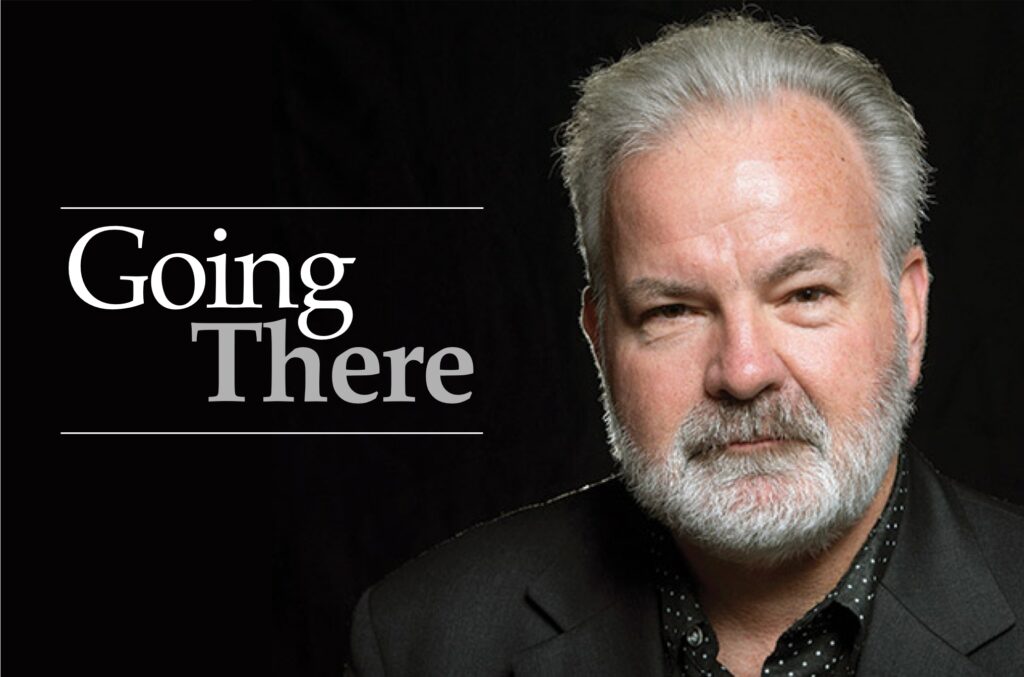Period talk is not just for girls — Viewpoint

By Freya Fu
A health educator walked into the classroom, a stack of black folders cradled in her arms. She handed them out to the girls and then asked the boys to step outside. For the next week, my seventh-grade classmates and I watched short videos on the menstrual cycle, studied posters of the female reproductive system, and asked questions about sex and puberty. It was our first formal introduction to reproductive health– and for many of us, our first time hearing the word “menstruation” spoken aloud.
A male classmate later told me that, during the same week, the boys received a much more simplified version of the curriculum. Their lessons touched on the basics of puberty, like voice changes and hormones, but menstruation was barely discussed.
Across the U.S., menstruation is taught as a private, gendered issue. While girls are instructed on how to manage their cycles, boys are often excluded from the conversation. This educational gap is one of the root causes of period stigma. And it has lasting consequences.
As the co-founder of Vending4Change, a student-led initiative that raises funds for menstrual products in schools and women’s shelters, I have witnessed firsthand how gaps in education perpetuate period stigma. During an interactive interview for my school’s newspaper, several male students demonstrated a lack of basic knowledge about menstruation. This was particularly surprising given that my school, The Webb Schools, offers a mandatory “Freshman Seminar” course intended to cover essential health and wellness topics.
If such disparities exist at a well-resourced institution like mine, what does that imply for underfunded schools nationwide?
The problem is not unique. A 2023 survey found that 81% of teens believe more in-depth menstrual health education is necessary, and 78% think it should be a core subject, like math. Yet, only 25.5% of U.S. public health education standards explicitly include menstruation. Even fewer address issues like menstrual stigma or hygiene.
Crucially, boys are being left out. Only about 30% of male students report learning about menstruation in school; most rely on secondhand knowledge from peers or family members. When boys are excluded from these conversations, ignorance becomes the new norm. It perpetuates a culture where menstruation is mocked, stigmatized, or ridiculed. What starts as middle school teasing turns into systemic neglect in adulthood. Boys who have never received proper education on menstruation grow into men who write school policies, pass health legislation, and allocate public funds– often without considering menstrual equity or the extent to which it impacts people. As a result, menstrual products remain taxed as luxury items in some states, restrooms go unstocked, and health programs intended to educate fail to address the everyday realities menstruators face.
Stigma is learned– and it can be unlearned. In countries like Scotland, menstrual products are now free, and health education is inclusive from the start. Some U.S. schools are beginning to teach boys and girls the same material together, allowing for a greater sense of shared responsibility and awareness of menstrual stigma. We need more of this.
Real change starts in classrooms: with coed health lessons, open discussions, and an effort to treat menstruation as an everyday human experience rather than a burden. Boys should not be bystanders in menstrual education. They should be taught to participate in breaking the stigma surrounding menstrual health.
Ending period stigma involves educating everyone. To ignore half the population is to ignore half the solution.
Freya Fu is a junior at The Webb Schools and a passionate advocate for gender equality and dignity.









0 Comments